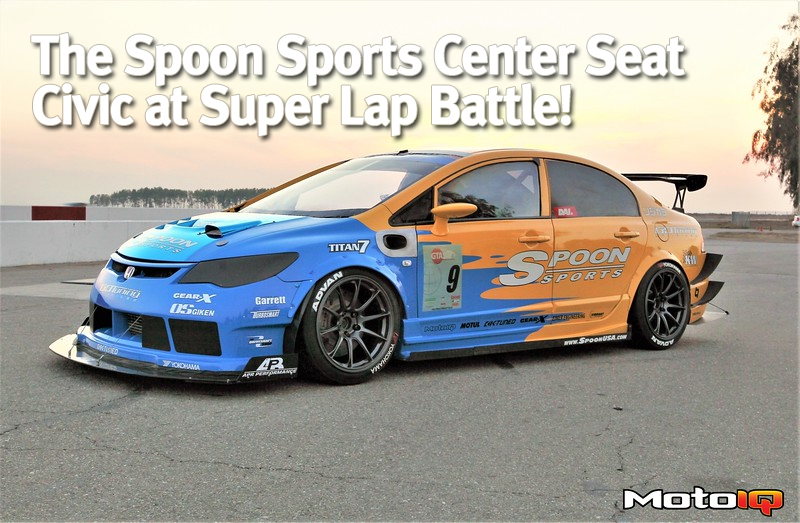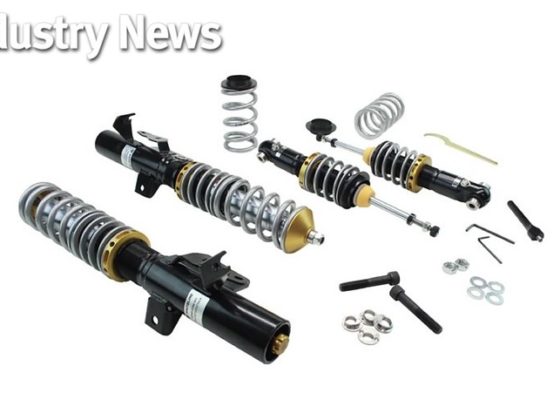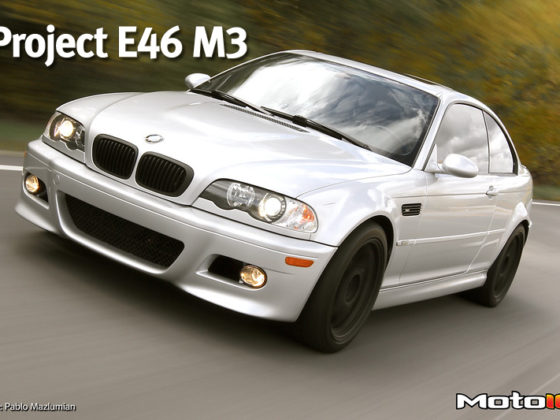,
 Chris Marion of KW adjusts the canister pressure on the KW Motorsports shocks. Adjusting the canister pressure has a similar effect to increasing spring preload. It is important to keep track of the pressure as the canisters can become heated by the engine producing an unanticipated increase in pressure.
Chris Marion of KW adjusts the canister pressure on the KW Motorsports shocks. Adjusting the canister pressure has a similar effect to increasing spring preload. It is important to keep track of the pressure as the canisters can become heated by the engine producing an unanticipated increase in pressure. Conversely, cold temperatures can cause the pressure to drop considerably. KW Motorsports dampers are designed to run relatively low canister pressures so the effect is not that great but it is something that should be monitored.
 One of the things that made the rearward center seat conversion relatively easy was the PE Engineering pedal box. Self-contained, lightweight and compact, the PE pedal box has a great deal of mounting flexibility as its self-contained framework has swiveiling feet that can be attached anywhere from a flat to a vertical surface and everything in-between.
One of the things that made the rearward center seat conversion relatively easy was the PE Engineering pedal box. Self-contained, lightweight and compact, the PE pedal box has a great deal of mounting flexibility as its self-contained framework has swiveiling feet that can be attached anywhere from a flat to a vertical surface and everything in-between. The PE Engineering pedal box has titanium hardware for light weight and even though it is just 7.7 pounds, is also very stiff and rigid. The balance bar on the PE box worked very smoothly with no bind and little backlash in the cable adjustment which made brake bias adjustments quick, precise and easy.
Eimer Engineering built a foot platform and dead pedal assembly for the pedals and took out the stock Honda floor hump which was relatively easy fabrication to mount the center seat. The center seat used the stock JDM Honda steering rack and the steering shaft used two U-joints to move the shaft to the center of the car.
 The rest of the brake system remained unchanged from last year with the front brakes using Brembo six-piston monoblock endurance racing calipers and 355mm iron rotors on floating alloy hats.
The rest of the brake system remained unchanged from last year with the front brakes using Brembo six-piston monoblock endurance racing calipers and 355mm iron rotors on floating alloy hats. The car ran on new Prototype Titan 7 wheels in 18x 9.5. The wheels are a new brand of forged and light weight wheels which will be available sometime early next year. The game changing thing about Titan 7 wheels is the price which will be in line with some lower cost cast wheels. Stay tuned for more information about these wheels.
The car ran on soft compound Yokohama racing slicks in 250/650-18. The slicks exhibited good wear even though they were soft compound.
 The rear brakes are the stock Honda parts. Since a light FWD car does most of its braking with the front wheels, it was not necessary to go elaborate on the rear brakes.
The rear brakes are the stock Honda parts. Since a light FWD car does most of its braking with the front wheels, it was not necessary to go elaborate on the rear brakes.  Dai felt that he needed a brake pad with more bite so the team switched to Hawk DTC-70 pads in the front brakes. The DTC-70 pads have extremely high torque and aggressive yet controllable initial bite while still being easy to modulate.
Dai felt that he needed a brake pad with more bite so the team switched to Hawk DTC-70 pads in the front brakes. The DTC-70 pads have extremely high torque and aggressive yet controllable initial bite while still being easy to modulate. The rear brake pads were switched to Hawk Blue 9012 compound pads. These pads offer medium to high torque and temperature with excellent modulation characteristics. The slightly less aggressive pad was felt to be a good choice for the lightly loaded rear wheels.
The rear brake pads were switched to Hawk Blue 9012 compound pads. These pads offer medium to high torque and temperature with excellent modulation characteristics. The slightly less aggressive pad was felt to be a good choice for the lightly loaded rear wheels. Here Chris Eimer switches the rear brake pads for the new Hawk Blue parts. At the same time the brake system was rebled with fresh fluid in anticipation of the higher temperatures that the new high torque pads would create.
Dai reported that the new pads helped a lot and reduced the amount of pedal pressure that needed to apply which made it easier to modulate the brakes and brake harder and later.



